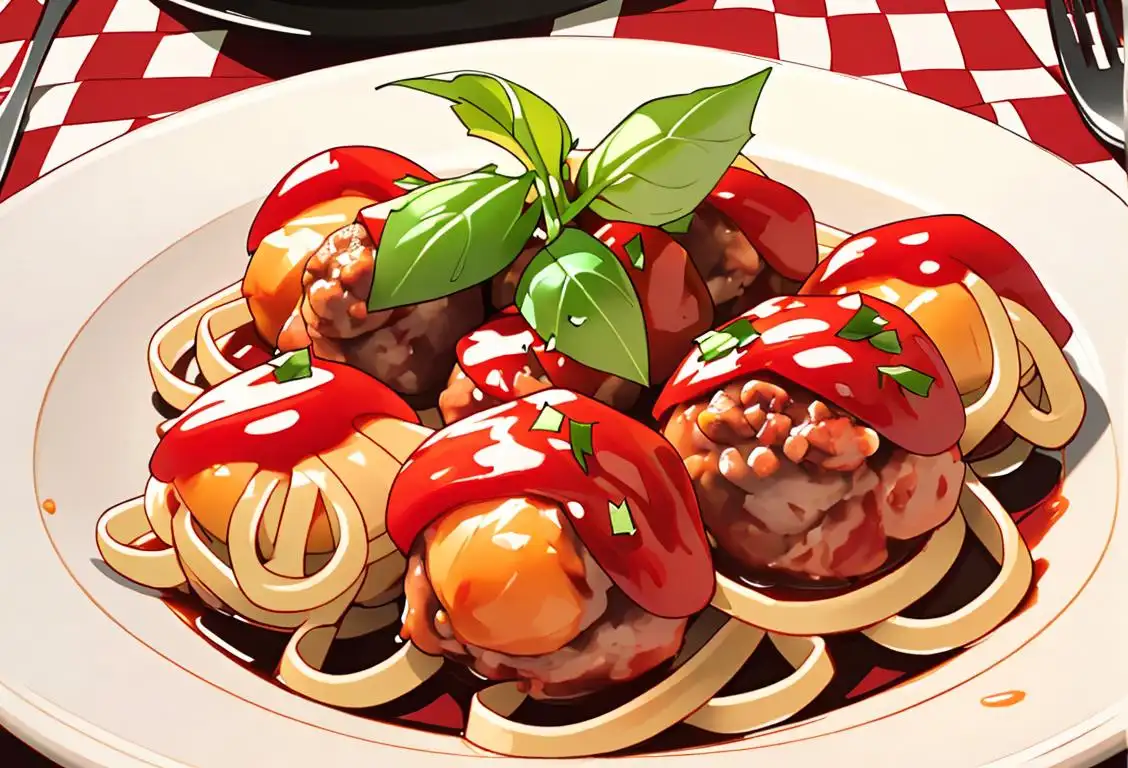National Biscuit Day

Ready, set, dunk! Welcome to our little corner of the internet where we're all about celebrating National Biscuit Day. Let the buttery, crumbly, and deliciously divine world of biscuits take center stage for a moment of sweet indulgence.
When is Biscuit Day?
It's national biscuit day on the 29th May.
The Mouth-Watering History
Our records show that the buzz around National Biscuit Day peak on 29 May 2015, with a whopping 10,126 mentions online. We can only assume it was because the world collectively decided that biscuits deserved a standing ovation that day. And why not? Biscuits have stood the test of time, gracing the tables of royal tea parties and fuelling weary adventurers with a portable ration. Biscuits have also ingeniously evolved with our ever-changing culinary landscape, staying relevant and desirable - quite the achievement in our books!
Let's Celebrate!
National Biscuit Day isn't just about munching down on your favourite treat (although, that's a big part of it!). It's about the joy of baking from scratch, the admiration for personal and regional variations, and the bonding that happens when biscuits are shared. Celebrate by trying a new recipe, hosting a biscuit-themed party, or simply dunking your golden-browned goodie into a comforting cup of tea.
The Sweetest Day of the Year
So, whether you're a fan of the classic Digestive, a lover of the chic Macaron, a traditionalist with an affinity for the Ginger Nut, or the adventurous kind gravitating towards a Wagon Wheel, remember that National Biscuit Day is your day to shine, crumble, and melt in the mouth!
History behind the term 'Biscuit'
14th century
Etymology of 'biscuit'
The term 'biscuit' comes from the Old French word 'bescuit', meaning 'twice-cooked'. This refers to the method of baking biscuits twice to achieve a dry and crispy texture.
17th century
Introduction of the term 'biscuit'
During the 17th century, the term 'biscuit' began to be commonly used in English to refer to a range of baked products. These early biscuits were typically hard, dry, and unleavened.
19th century
Evolution of biscuit recipes
In the 19th century, biscuits evolved to include a wider variety of ingredients and flavors. Biscuit recipes started incorporating butter, eggs, sugar, and various spices, giving rise to different types of biscuits such as digestive biscuits, shortbread, and gingerbread.
20th century
Industrialization of biscuit production
The 20th century saw the industrialization of biscuit production, leading to mass production and increased accessibility of biscuits to a larger consumer base. Biscuit factories were established, utilizing efficient machinery to streamline the baking process.
21st century
Global popularity of biscuits
In the 21st century, biscuits have become a beloved and versatile food item enjoyed across the globe. They are a staple in many cultures, with variations in ingredients, shapes, and flavors. Biscuits are commonly served with tea or coffee, used as a base for desserts like cheesecake, and even incorporated into savory dishes like chicken and biscuits.
Present
Influence of biscuits on popular culture
Biscuits have left a significant impact on popular culture. They have inspired famous expressions like 'that's the way the cookie crumbles' and 'break a biscuit' (meaning good luck). Biscuit-shaped pillows and accessories are often used as whimsical home decor. The biscuit industry continues to innovate with new flavors and packaging designs, keeping biscuits a well-loved treat for people of all ages.
Did you know?
Did you know that the word 'Biscuit' originates from the Latin 'bis coctus', which means 'twice baked'? That's some food for thought next time you dunk!Tagged
awareness food fun loved ones rememberanceFirst identified
11th May 2015Most mentioned on
29th May 2015Total mentions
10126Other days
Happiness Day
Bbq Day
First Responders Day
Meatball Day
Trivia Day
Cheese Lovers Day
Biscuit Day
Pumpkin Day
Agriculture Day
Knife Day








